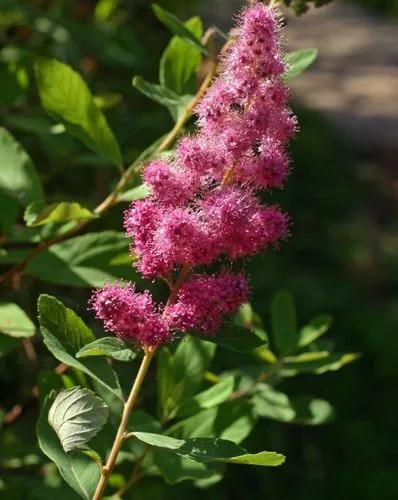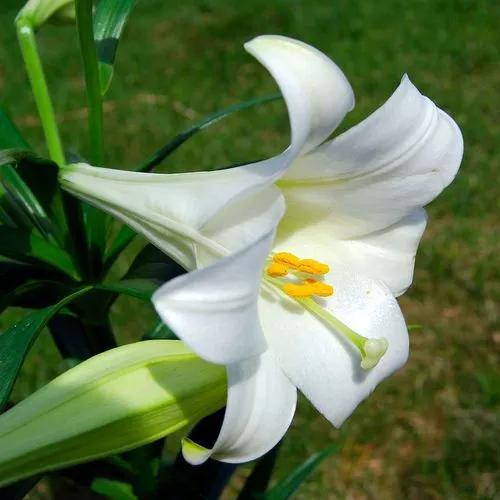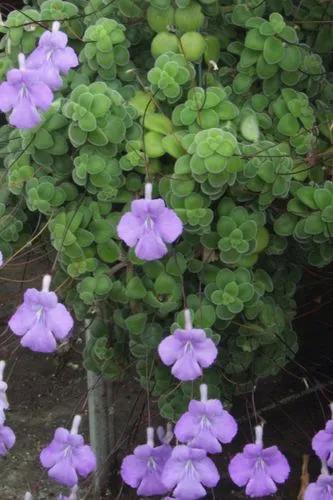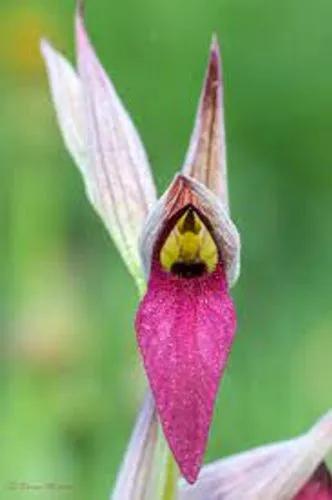Carpets of bluebell flowers in woodlands are one of the most glorious sights of the British spring landscape - but bluebells are also wonderful plants for gardens. They’re easy to grow. In fact, bluebells grow so readily and spread so quickly they can become too widespread if left to self seed.Over the years, the poor bluebell has been given numerous different botanical names, including Endymion and Scilla, but is now regarded as Hyacinthoides.The Spanish bluebell, Hyacinthoides hispanica, is even more vigorous than the British bluebell, and sadly hybrids between the two are causing the decline of the British bluebell both in the wild and in gardens. So, give them a helping hand and plant the British bluebell at home.
Tall Bluebells Care
Mertensia Paniculata



How to Care for the Plant

Water

Native to the cool woodlands of Eastern North America, Virginia Bluebells crave regular watering. Cover newly planted rhizomes with mulch, preferably composted leaves to promote rich soil. Establish strong roots with consistent yet moderate watering. Imagine how the roots soak up the water, not drown in it. Keep the soil moist (not soggy) especially during the first season when the plants are getting established.

Pruning

These woodland wildflowers are ridiculously easy to grow and require little care. They can reseed prolifically when happy with their location. If you want to control spreading via seed, deadhead the plants directly after the blooms fade.

Fertilizer

About 10 days before planting, work two to four inches of compost (or a 10-10-10 fertilizer) into the soil. This will promote flowering and help the soil retain moisture. Whether your soil is sand or clay, it will benefit from the extra nutrition.

Sunlight

Virginia Bluebells are happy in partial to full shade. Welcomed by the morning sun, they will continue to flower but will require more water. These bell blooms enjoy some dappled sunlight beneath an old tree. Here, they make good companions for shade-loving Solomon’s Seal, hosta, and ferns, which offer an array of lush green foliage. Their blues contrast softly with pink lamium groundcover and astilbe.

Soil

Moist soil, rich in organic matter is best for Virginia bluebells.

Container

Plant in a container with draining holes to ensure the soil stays moderately moist. Place in part shade so that the bluebells, and the daffodils if you so choose, can thrive in part shade. Both the bells and daffodils are deer and rabbit resistant—plant these beauties with peace of mind in winter and enjoy the show in spring.

Additional

According to the ASPCA, Virginia Bluebells are non-toxic to cats, dogs and horses. Still, Vital Pet Health and Blue Cross for Pets in the U.K. caution our canine friends to avoid this popular plant in the British woodlands. Dogs tend to nibble on the bluebells on walks and the bulb may cause vomiting, diarrhea and lethargy. Severe poisoning is rare.

Popularity

80 people already have this plant 21 people have added this plant to their wishlists
Discover more plants with the list below
Popular articles






